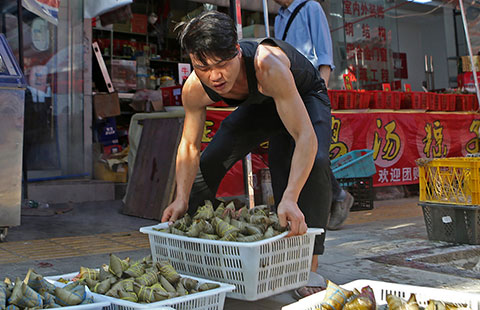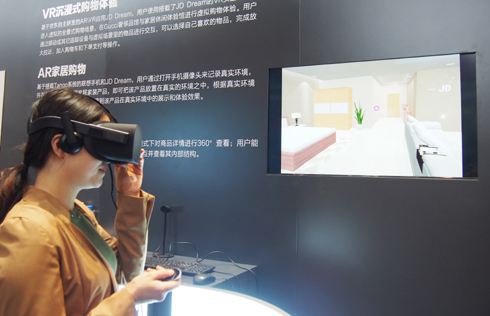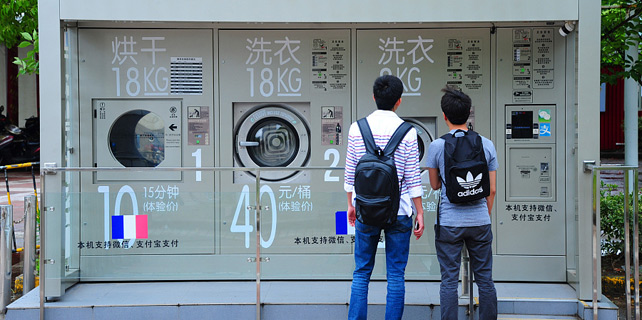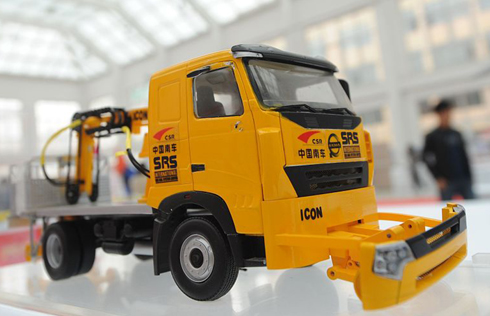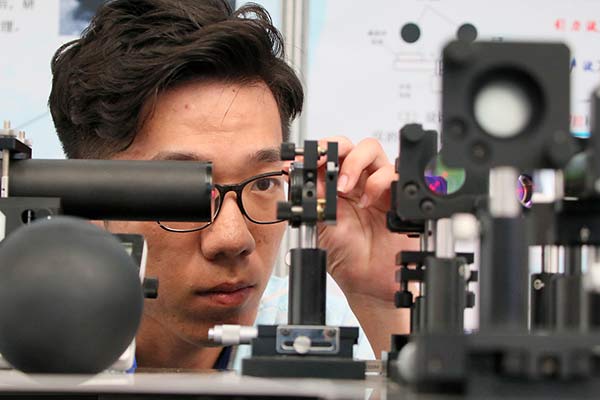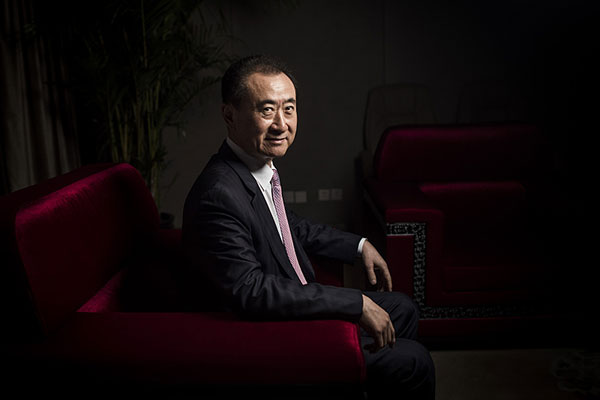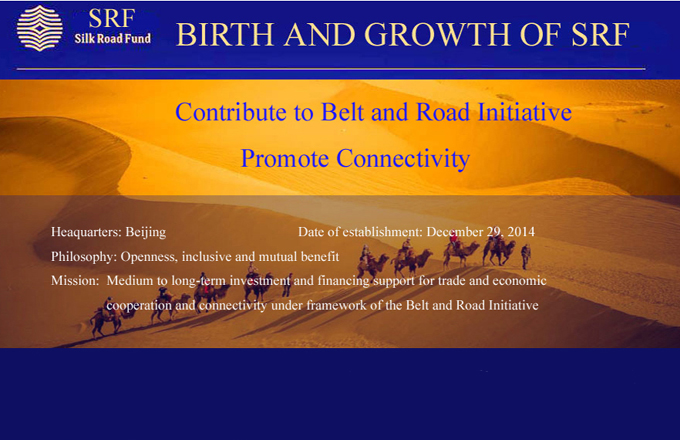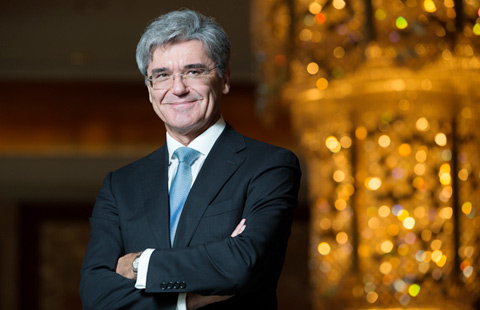Less proves to be more for Poly Group
When Poly first became an SOE, one of its biggest challenges was how to manage the large corporates, controlling the risks on the one hand and following the path to diversification on the other, Chen said.
"To build up the company into a huge group, it was necessary for us to go with the strategy of diversification, yet that carried many risks," Chen said, admitting that the group went through twists and turns in the initial stages of diversification.
Yet those risks and the lessons learned have paid handsome dividends.
The group's total assets 15 years ago were 10 billion yuan ($1.61 billion) and its profits 120 million yuan, Chen said.
By 2012, Poly Group's total assets had reached 380 billion yuan, ranking No 25 among the 116 centrally-administered SOEs. Its profits stood at 18.7 billion yuan in 2012, ranking No 12. Its ranking has risen from 51st to 25th in the past five years, with profit increasing from 4.87 billion yuan to 18.7 billion yuan with an annual increase of 40 percent. Tax paid in the past five years is 48.6 billion yuan.
"It's a huge leap from an 'underdeveloped' SOE to a leading one," Chen said.
After serving in the PLA for 28 years, Chen took a job as one of the first highly ranked officials with Poly Group in 1998.
Like some other SOEs, most of the group's investments and businesses remained low-key, and Chen and some other high-level company officials had never given media interviews.
The group became well known following its acquisition of Chinese zodiac animal heads in the early 2000s. The heads were lost cultural relics. Poly then discovered great potential in coal mining and nonferrous metals. In 2006, Poly Energy Holdings Ltd was established, specializing in coking coal and anthracite. Thus, the mineral resources industry became the group's fourth major focus following international trade, real estate and culture.




